How Olympic Sports Have Changed Over the Last Century
20 November 2024
The Olympic Games have been a symbol of athletic excellence and global unity for over a century. But if you take a closer look, the Olympics today are a far cry from what they were back in the early 1900s. From the events we watch to the athletes who compete, the Olympics have evolved in some pretty dramatic ways over the past century. So, how exactly have Olympic sports changed? Well, let's dive into the fascinating transformation of the world's most celebrated sporting event.
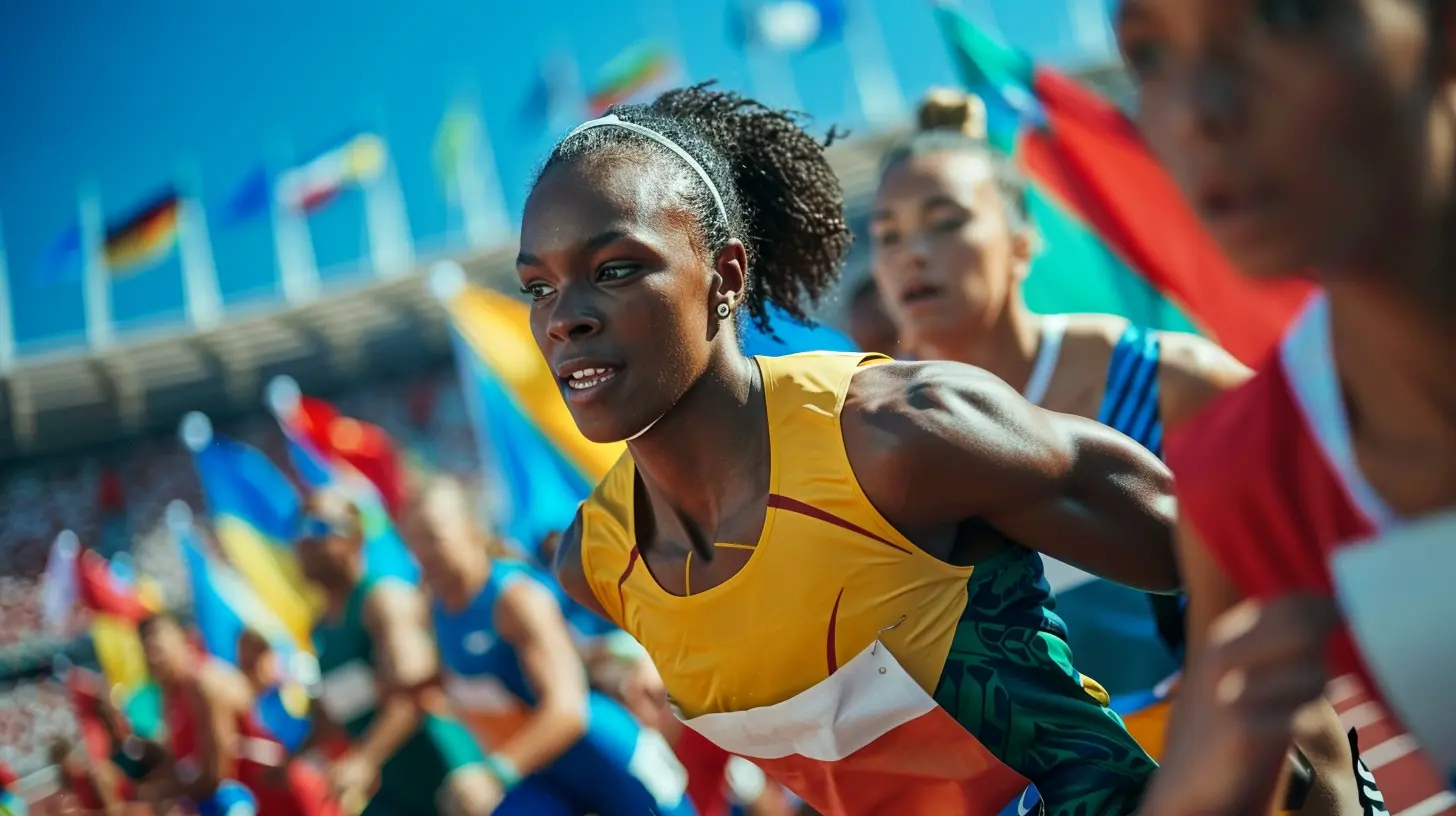
A Brief Glimpse Back at the Early Olympics
Before we get into the nitty-gritty of how things have changed, it's worth understanding what the Olympics were like a century ago. The modern Olympics, as we know them today, began in 1896. Held in Athens, Greece, the event was a revival of the ancient Greek games, with a focus on individual, amateur athletes competing in a variety of sports.The first games featured just 13 countries and 280 athletes, all of whom were men. The sports were relatively simple: athletics (like running and jumping), cycling, fencing, gymnastics, and swimming. No frills, no multimillion-dollar stadiums, just raw competition.
Fast forward to today, and the Olympics have become a global spectacle that draws thousands of athletes from almost every country on the planet. So, what exactly has changed? Let's break it down.
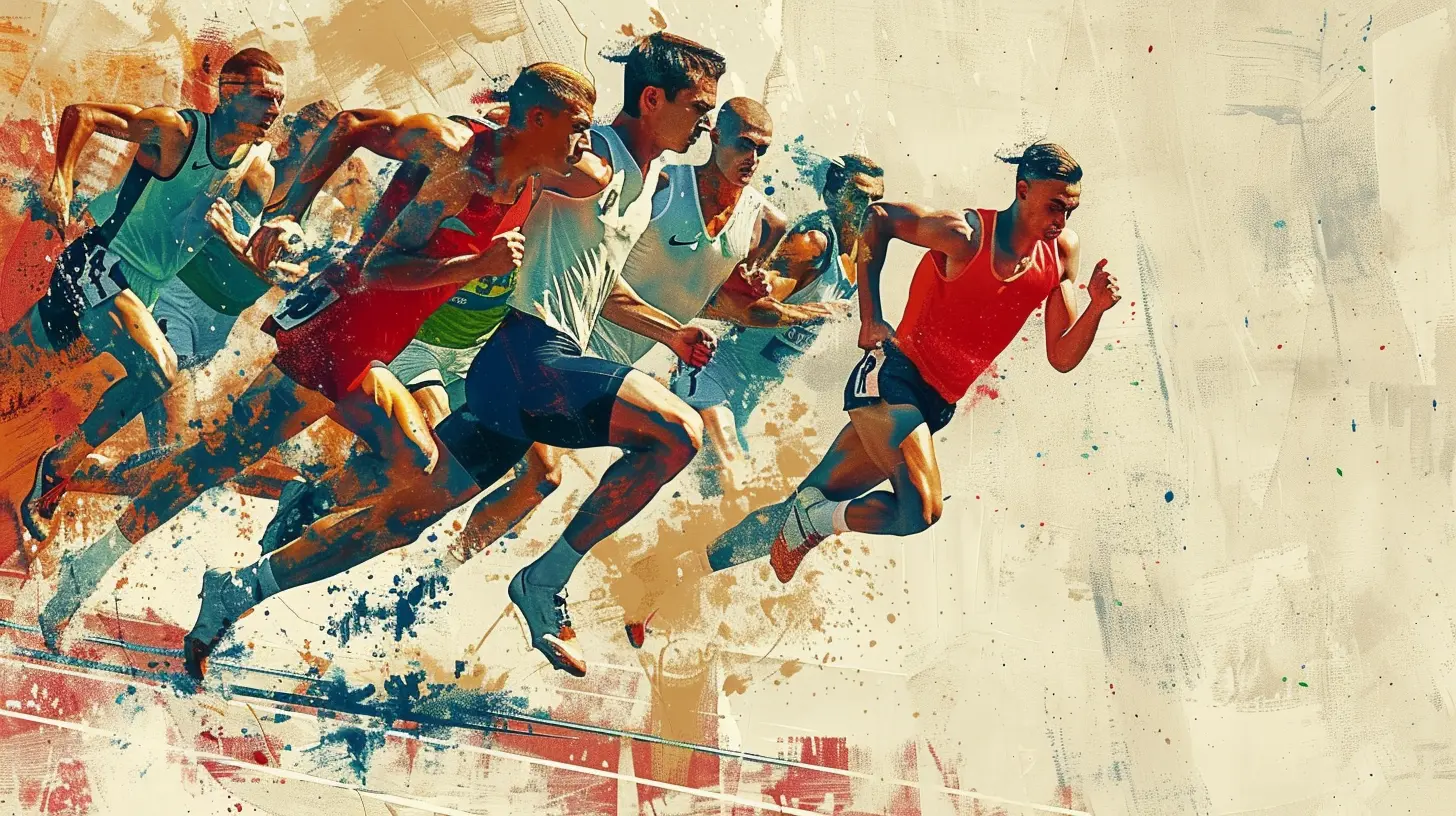
The Expansion of Sports and Events
One of the most obvious changes in the Olympics is the sheer number of sports and events that are now a part of the games. In the early 1900s, the Olympics featured just a handful of sports. Today, there are over 30 sports and hundreds of events in both the Summer and Winter Games.Traditional Sports vs. Modern Events
Back in the day, most Olympic sports were based on traditional athletic disciplines—think running, swimming, wrestling, and gymnastics. These were the kinds of activities that had been practiced for centuries. However, as the games grew in popularity and more countries got involved, the lineup of sports expanded to include activities that were more reflective of modern interests.For example, sports like basketball (introduced in 1936), volleyball (introduced in 1964), and BMX cycling (added in 2008) were unheard of in the early games. And let's not forget the most recent addition: skateboarding, which made its debut in the Tokyo 2020 Olympics. These new sports bring a fresh perspective to the games and attract a younger, more diverse audience.
But it's not just about adding new sports—some older sports have also been phased out. Sports like tug-of-war (yes, that was an Olympic event from 1900 to 1920!) and croquet have been removed from the Olympic program. The International Olympic Committee (IOC) continuously reassesses which sports stay and which go, aiming to keep the games relevant and exciting.
Gender Equality in Sports
One of the most significant changes in Olympic sports over the last century has been the inclusion of women. In the early days of the Olympics, women were not allowed to compete. It wasn’t until the 1900 Paris Games that women were allowed to participate—and even then, they could only compete in a handful of sports like tennis and golf.Fast forward to today, and women athletes are a massive part of the Olympic Games. In fact, the Tokyo 2020 Olympics were the first in which almost 49% of the athletes were women. There's also been a push for gender parity in terms of events. For instance, both men and women now compete in events like boxing, wrestling, and weightlifting, which were traditionally male-dominated sports.
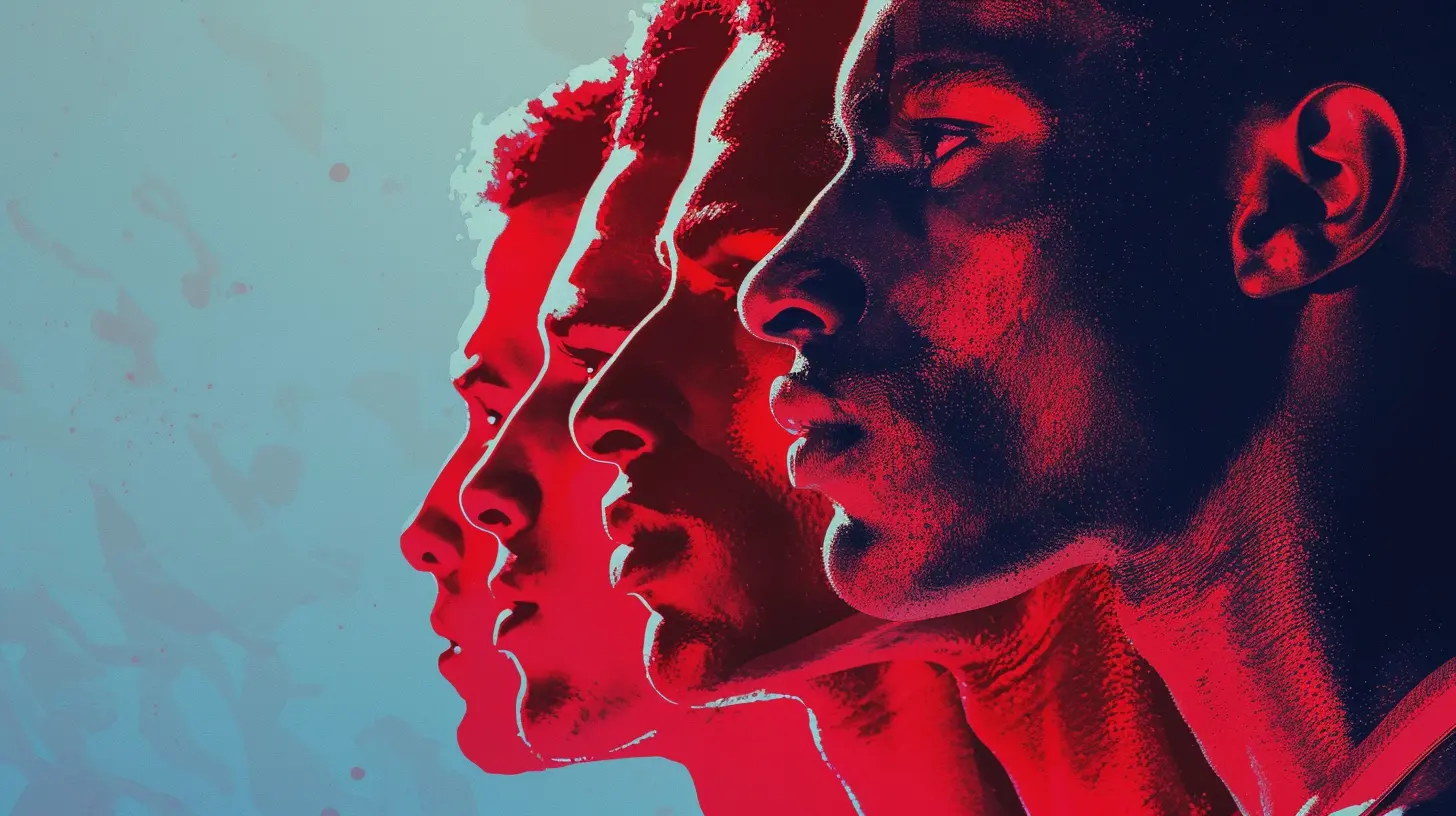
Technological Advancements: Changing the Game
Technology has also played a huge role in how Olympic sports have evolved over the years. From advanced training techniques to cutting-edge equipment, athletes today have access to technologies that would have seemed like science fiction 100 years ago.Training and Performance
One of the most significant changes is in how athletes train. A century ago, athletes often trained on their own, without the guidance of specialized coaches or sophisticated performance tracking tools. Today, athletes have entire teams of coaches, nutritionists, and sports psychologists dedicated to helping them optimize their performance.Modern athletes also have access to high-tech training tools, such as motion capture systems that analyze their movements, wearable fitness trackers, and virtual reality simulations that can help them practice without even stepping onto the field. These advancements allow athletes to train more efficiently and recover more quickly, pushing the limits of human performance.
Equipment and Gear
The equipment used in Olympic sports has also come a long way. Early athletes competed in basic, sometimes rudimentary gear. Take running shoes, for example. Back in the 1920s, running shoes were little more than leather flats with minimal cushioning. Compare that to today’s ultra-lightweight, carbon-fiber-soled shoes that are engineered to give athletes a competitive edge.It’s not just footwear that’s changed. Swimmers now wear high-tech swimsuits designed to reduce drag, cyclists ride bikes made from space-age materials, and even the poles used in pole vaulting have evolved from rigid wood to flexible fiberglass, allowing for much higher jumps.
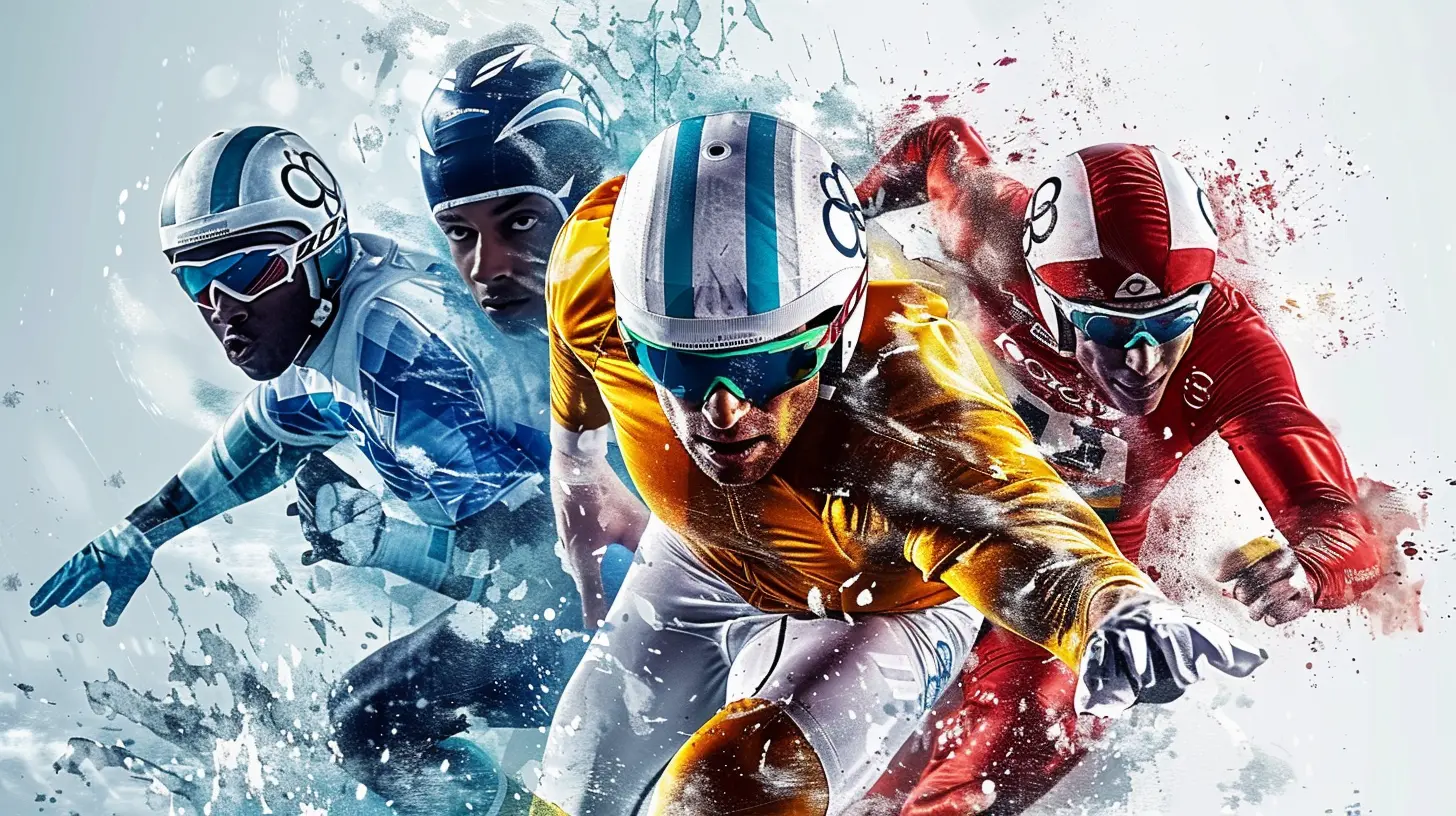
The Globalization of the Olympics
Another significant change in Olympic sports over the last century is the globalization of the games. In the early days, the Olympics were a relatively small event, with athletes from just a few countries, mostly from Europe and North America, competing.Worldwide Participation
Today, athletes from almost every corner of the globe participate in the Olympics. The 2016 Rio de Janeiro Games featured athletes from 207 National Olympic Committees, including countries like South Sudan and Kosovo, which had never competed in the Olympics before. This increase in participation has made the games more competitive and diverse.The globalization of the Olympics has also led to the inclusion of sports that reflect the athletic traditions of different countries. For example, judo (a Japanese martial art) and taekwondo (from Korea) are now Olympic sports, showcasing the global nature of the games.
Media and Global Audience
The way we watch the Olympics has also evolved dramatically. A century ago, the only way to follow the games was through newspapers or, if you were lucky, by attending in person. Today, the Olympics are broadcast to millions of people around the world in real-time, with events streamed online, covered on social media, and analyzed by commentators on 24-hour sports networks.This massive media presence has transformed the Olympics into a global event that transcends sports. It's not just about the competition anymore—it's a cultural phenomenon that brings together people from all walks of life.
The Rise of Professional Athletes
One of the most controversial changes in Olympic sports has been the shift from amateurism to professionalism. In the early days of the Olympics, athletes were required to be amateurs, meaning they couldn’t earn money from their sport. This was based on the idea that the Olympics should be a pure competition, free from the influence of wealth and privilege.However, over time, it became clear that this amateur ideal was unrealistic. Many athletes were already receiving financial support from sponsors or their governments, and the line between amateur and professional became increasingly blurred.
In 1986, the IOC officially opened the door for professional athletes to compete in the Olympics. This decision paved the way for athletes like NBA players, who had been previously barred from competing, to participate. While some critics argue that this shift has commercialized the games, others believe that allowing professionals ensures that the best athletes in the world are competing.
The Emphasis on Sustainability and Social Responsibility
In recent years, the Olympics have also become a platform for promoting sustainability and social responsibility. For example, the Tokyo 2020 Olympics made headlines for using recycled materials in everything from the athletes’ medals to the beds in the Olympic Village. The IOC has made sustainability a key priority, with future host cities required to meet strict environmental standards.Additionally, the Olympics have increasingly been used as a platform for addressing social issues. Athletes have used their platform to speak out on issues ranging from racial inequality to gender discrimination, making the Olympics not just a sporting event, but a stage for global activism.
Looking Ahead: What’s Next for Olympic Sports?
So, what’s next for the Olympics? As we look to the future, it’s clear that the games will continue to evolve. We can expect to see even more technological advancements, new sports added to the lineup, and a continued emphasis on inclusivity and sustainability.Virtual sports may even become a reality. With the rise of eSports, there’s been talk about including video game competitions in the Olympics. While that might sound far-fetched to some, it’s clear that the Olympics will continue to adapt to the changing world around them.
Conclusion
Over the last century, Olympic sports have undergone a dramatic transformation. From the inclusion of new sports and the rise of professional athletes to technological advancements and a stronger emphasis on gender equality, the Olympics today are almost unrecognizable compared to the games of the early 20th century. But one thing remains the same: the Olympic Games continue to inspire and unite people from all over the world, showcasing the very best of human potential.all images in this post were generated using AI tools
Category:
OlympicsAuthor:

Easton Simmons
Discussion
rate this article
21 comments
Lyra Morris
From greased pig wrestling to synchronized swimming, the Olympics have transformed into a circus of athletic oddities! Who knew cartwheeling on ice would someday compete with hoarding medals? Bring on the trampoline dodgeball!
April 7, 2025 at 8:40 PM

Easton Simmons
The evolution of Olympic sports reflects changing values and interests in athletics, showcasing not only traditional skills but also creativity and entertainment. Who knows what the future holds?
Kairo Gibson
This article brilliantly highlights the evolution of Olympic sports, showcasing the balance between tradition and innovation. It’s fascinating to see how new disciplines and inclusivity have transformed the Games into a more dynamic and diverse celebration of athleticism.
February 5, 2025 at 7:37 PM

Easton Simmons
Thank you! I'm glad you found the article insightful. The evolution of Olympic sports truly reflects the spirit of progress and inclusivity.
Emery McElroy
This article beautifully highlights the evolution of Olympic sports, reflecting not just the changing landscape of athleticism but also the values of inclusivity and diversity that have emerged. It's inspiring to see how far we’ve come and the stories that each athlete brings to the games.
January 28, 2025 at 2:03 PM

Easton Simmons
Thank you for your thoughtful comment! I'm glad you found the article inspiring and reflective of the significant changes in Olympic sports over the years.
Dylan McGuffey
From diverse events to groundbreaking inclusivity, Olympic sports have evolved remarkably, inspiring athletes worldwide. Let's celebrate this journey of perseverance and unity that transcends borders and cultures!
January 23, 2025 at 12:43 PM

Easton Simmons
Thank you for your insightful comment! It truly captures the essence of how Olympic sports have evolved to promote inclusivity and inspire athletes globally. Let's continue to celebrate this remarkable journey!
Danica Garcia
From mustachioed weightlifters to drone-assisted archery, Olympic sports have morphed more than my attempts at a gym routine! Here’s to a century of athletic evolution — now if only they’d add competitive couch-sitting!
January 17, 2025 at 1:49 PM

Easton Simmons
Thanks for the fun comment! It’s fascinating to see how Olympic sports continue to evolve. Competitive couch-sitting could definitely add a new dimension!
Robert Forbes
The evolution of Olympic sports reflects broader societal shifts, from inclusivity and technological advancements to changing values. As we celebrate athletic excellence, we must also recognize the Games' potential to inspire unity and challenge cultural norms through competition and shared experience.
January 10, 2025 at 11:25 AM

Easton Simmons
Thank you for your insightful comment! Indeed, the evolution of Olympic sports showcases not only athletic progress but also significant societal changes that promote inclusivity and unity.
Azurael Edwards
Oh, absolutely! Because nothing screams athleticism like watching people in tight spandex throw a frisbee or race on tiny scooters. I can’t wait for the next Olympics—how about we add competitive napping and extreme couch-sitting? Gold medal potential!
January 5, 2025 at 4:52 AM

Easton Simmons
I appreciate your humor! The evolution of Olympic sports definitely reflects changing interests and trends in athleticism. Who knows what the future holds?
Rachel Romero
From medieval javelin throwers to synchronized swimming robots, the Olympics have transformed into a wild circus of athleticism! Who knew that cartwheeling llamas weren’t an official event... yet? 🍭🏋️♂️
December 31, 2024 at 12:20 PM

Easton Simmons
Indeed, the evolution of Olympic sports reflects our changing perceptions of athleticism and creativity—who knows what the future holds! 🏅✨
Pilar McInerney
It's fascinating to see how Olympic sports have evolved, reflecting societal changes and advancements in technology, inclusivity, and athlete development.
December 29, 2024 at 10:00 PM

Easton Simmons
Thank you! It's indeed remarkable how the evolution of Olympic sports mirrors our societal progress and innovations over time.
Elara Bowers
From classic tug-of-war to competitive synchronized swimming, it’s clear the Olympics have evolved! Who knew we’d trade sweat and grit for sequins and synchronized moves? Bring on the trampoline gymnastics—now that’s my kind of workout!
December 27, 2024 at 3:29 AM

Easton Simmons
Absolutely! The Olympics have indeed transformed, showcasing a wider variety of athleticism and artistry. It's fascinating to see how sports like trampoline gymnastics highlight both skill and creativity!
Tenley Lane
The evolution of Olympic sports reflects shifting societal values and advancements in technology. From increased gender inclusivity to the introduction of new disciplines, these changes highlight not only athletic progress but also a broader cultural transformation.
December 24, 2024 at 4:16 AM

Easton Simmons
Thank you for your insightful comment! Indeed, the evolution of Olympic sports not only showcases athletic advancements but also mirrors the cultural shifts and values of society over time.
Yvonne McGarvey
This article provides an insightful look at the evolution of Olympic sports. It's fascinating to see how changes in societal values, technology, and inclusivity have shaped the Games. I'm especially intrigued by the introduction of new sports and their impact on global participation.
December 21, 2024 at 12:53 PM

Easton Simmons
Thank you for your thoughtful comment! I'm glad you found the evolution of Olympic sports and their societal impact intriguing. It's exciting to see how these changes enhance global participation.
Kayla Wolf
Evolution is impressive; sports now inspire globally!
December 18, 2024 at 1:21 PM

Easton Simmons
Absolutely! The evolution of Olympic sports has not only showcased incredible athleticism but also united diverse cultures through global inspiration and competition.
Anisa Barrett
This article beautifully captures the evolution of Olympic sports, reflecting society's progress and shifting values. It's inspiring to see how athleticism and diversity have flourished over the past century, showcasing the incredible determination of athletes. Let’s celebrate this journey and look forward to the future of the Games!
December 11, 2024 at 1:01 PM

Easton Simmons
Thank you for your insightful comment! I'm glad you found the article inspiring and reflective of the significant changes in Olympic sports and society. Here's to celebrating our athletes and the future of the Games!
Selkie McLean
Evolution reflects society's values.
December 4, 2024 at 9:21 PM

Easton Simmons
Thank you for your comment! Indeed, the evolution of Olympic sports mirrors societal values, highlighting changing norms around gender, inclusion, and competition.
Tyler McKinnon
Always fascinating to see the evolution!
November 30, 2024 at 5:04 AM

Easton Simmons
Thank you! It is indeed incredible to witness the transformation and growth of Olympic sports over time.
Oriana Willis
Impressive evolution of Olympic sports reflects societal changes and global diversity.
November 22, 2024 at 8:38 PM

Easton Simmons
Thank you! It's fascinating to see how the Olympics adapt to reflect our evolving society and embrace diversity.
Megan Perry
Great insights! It’s fascinating to see how Olympic sports have evolved in diversity and inclusivity. Exploring these changes really highlights the dynamic nature of athletics today.
November 22, 2024 at 5:41 AM

Easton Simmons
Thank you! I'm glad you found the exploration of diversity and inclusivity in Olympic sports compelling. It's truly remarkable to see how athletics continue to grow and adapt.
Evelyn Gomez
Embrace change; it fuels greatness in sports!
November 21, 2024 at 7:54 PM

Easton Simmons
Absolutely! Embracing change has been vital in evolving Olympic sports, enhancing competition and inspiring greatness.
Sheena Banks
This article offers a compelling overview of the evolution of Olympic sports over the last century. It highlights the shift in inclusivity, the introduction of new disciplines, and the impact of technology on performance and broadcasting. A must-read for sports enthusiasts interested in the dynamic nature of the Games!
November 21, 2024 at 5:02 AM

Easton Simmons
Thank you for your kind words! I'm glad you found the article insightful.
Starla Mahoney
This article insightfully highlights the evolution of Olympic sports, reflecting cultural shifts and advancements in athleticism.
November 20, 2024 at 8:27 PM

Easton Simmons
Thank you! I'm glad you found the article insightful. The evolution of Olympic sports truly mirrors our changing culture and the incredible advancements in athletic performance.
MORE POSTS

The Emotional Rollercoaster of Sports Documentaries

Behind the Whistle: Documentaries Highlighting Coaches Journeys

The Best Drills for Developing Explosive Speed on the Court
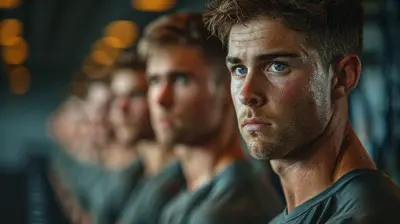
Optimizing Your Strength Workouts with Periodization

The Ultimate Guide to Snowboarding Camps and Clinics
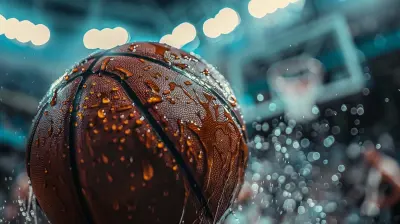
Sports Documentaries That Shaped Public Perception
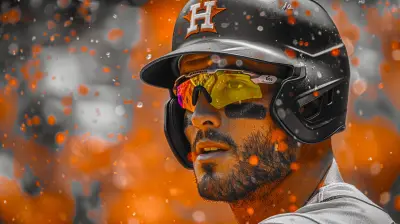
The Psychological Impact of Being Traded on Athletes

The Art of Filmmaking in the World of Sports
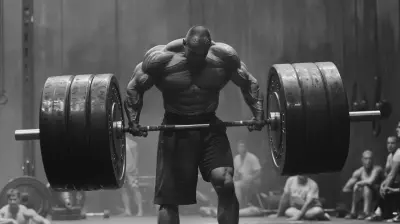
The Role of Compound Movements in Building Full-Body Strength
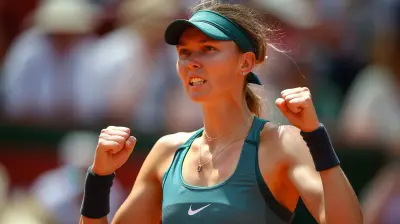
French Open Women’s Final: Who Will Conquer the Clay Court?
![The Heart and Hustle of [Player Name]: A Profile in Perseverance](/pictures/blog/small/the-heart-and-hustle-of-player-name-a-profile-in-perseverance_4.webp)
The Heart and Hustle of [Player Name]: A Profile in Perseverance

The Evolution of Surfboard Design and Technology

How to Use Breathing Techniques to Improve Cardio Performance